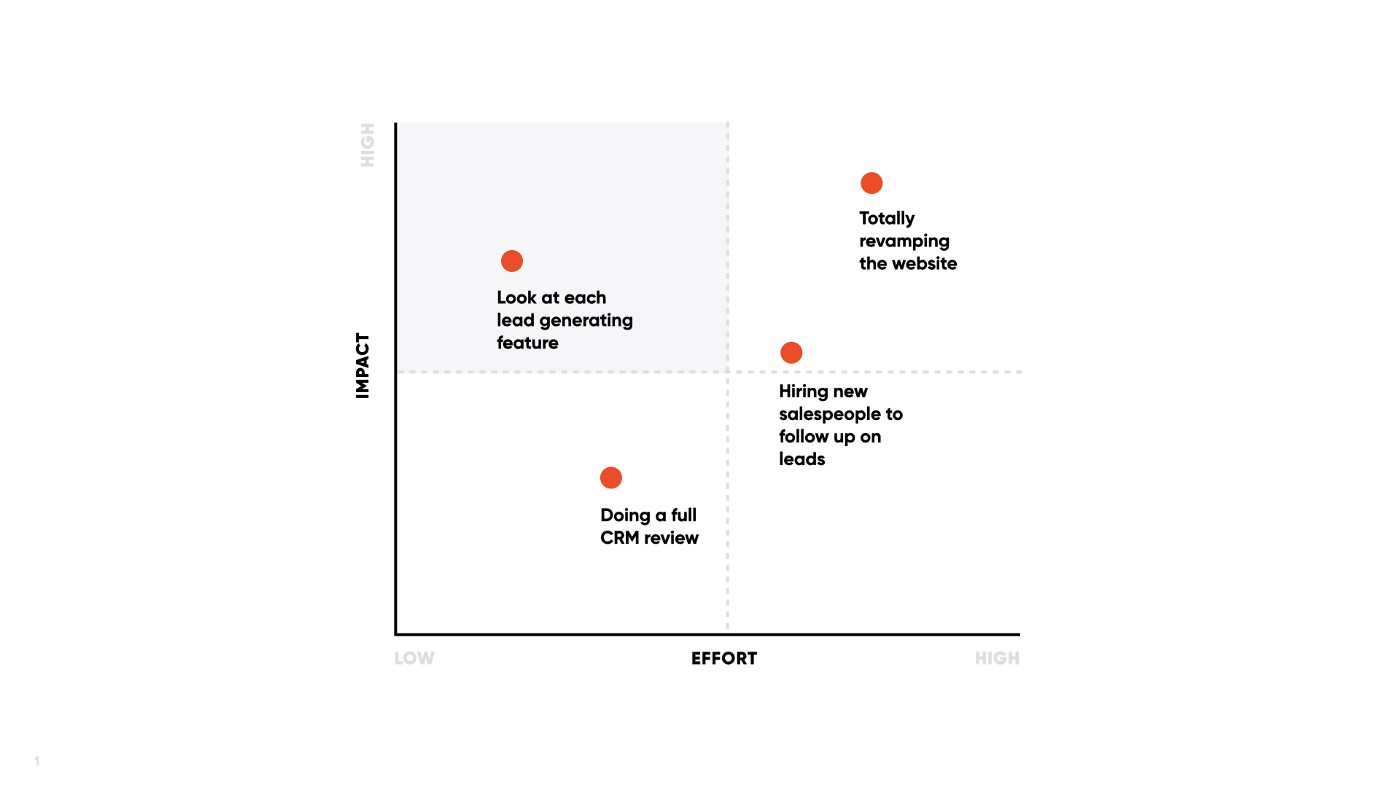Ever Wonder What Fighter Pilots and Unicorn Startup Founders Have in Common?

Have you ever wished that you could reach and exceed your goals faster and get shit done? Are you finding yourself getting frustrated by the speed your clients and teams move at?
Me too.
Not to be insensitive about what we’ve lived through in the last few months and continue to go through. So much of life as we knew it has ground to a halt. I know I’ve had my moments of feeling flattened by the enormous pain and suffering that’s going on around us.
But then again, I thrive in chaos, and I think many of us do as well. To break through, I believe you’ve got to be fast and furious — and not just because I’m an adrenaline junkie (I am), but because it’s literally the only way. Digital culture moves at the speed of light, and change is the only constant, so you’ve got to run (or better yet, sprint) with it.
So let’s learn how to fast-track what fighter pilots and maverick founders have in common: speed.
Just don’t rush through this post — trust me, there’s a ton of juice in here about reversible vs. non-reversible decisions, OODA loops, and other frameworks to accelerate your process. By the time you finish reading this, you’ll have all you need to kick your business into high gear.
Why the need for speed
As a founder of a digital agency that designs demand, I’ve become an expert at juggling 1,000 spinning plates at once. Before you diss multi-tasking, let me explain. I am not saying that I don’t make time to focus on a singular task — of course, I do, or I wouldn’t get anything meaningful done. But at the same time, opportunities crop up all the time, and if you blink, you can miss them.
I mean that literally. Thanks to research from LeadResponseManagement.org, there’s a “Five-minute rule” for B2B. From the initial dial to qualifying a lead, conversion opportunity decreases four times when you stretch your response from 5 minutes to 10. Blow off responding for 30 minutes, and your odds of qualifying a lead drops 21 times. Less than an hour later, and your chances are close to nil.
Now, combine that with what we know about the minuscule attention span of human beings. There’s a reason that ephemeral social content like short-lived Stories or live streams that disappear in 24-hours work so well. FOMO is part of it, but really it’s about the fact that today people have a ton of choices — a swipe only takes a fraction of a second to bypass you completely.
Lesson learned: When you have someone’s attention, I believe we must capitalize on it or be OK with missing out. My opinion is that JOMO (the Joy of Missing Out) is fine for your personal life when you want to take time for self-care, but professionally speaking, a little FOMO goes a long way.
Now, all you have to do is get rid of any fear in that mix and get on with embracing the need for speed.
Ramp up your decision making
In business, energy is everything. Tuning into a frequency and riding the resonance is a key skill that I see in myself and others who have chased down their goals and made them a reality. I’m no expert on this, but I’ve done enough analysis to realize that speed is critical.
Specifically, it’s about how rapidly you can make decisions and spring into action.
Let’s start with the first half of the equation: making decisions. Lately, I’ve been experimenting with when to slow down and when to speed up, and it all boils down to this:
Reversible vs. non-reversible decisions.
Jeff Bezos used this framework when he founded Amazon. He decided to run with launching an online bookstore because if he failed, Bezos figured that he could return to his old job as a hedge fund manager. Plus, he would’ve learned plenty along the way.
With a reversible decision, you don’t have to take time to obsess about the details. Uncertainty isn’t an obstacle. An irreversible decision, on the other hand, has significant consequences and must be thought out carefully. These take time.
So, what works for me is to bucket decisions into reversible and non-reversible. I quickly make all the reversible decisions and then save the non-reversible ones to ensure I have enough time to parse them out and consider all the first, second, and third-order impacts.
Once you have your decision ducks in a row, then your ideas can start taking flight — just be sure to focus on outcomes, not outputs.
Take action: viable vs. valuable
We all have to-do tasks. My wife doesn’t care that I took out the trash; she cares that the kitchen doesn’t smell like garbage. Your clients and bosses don’t care about the 100 tasks you checked off your to-do list app today. They care about how your energy and effort is leading to the outcomes that build their business.
So how do you add value quickly and efficiently? Especially nowadays, when uncertainty is at an all-time high, along with the opportunity to be the first to show up for others — potential and existing customers, your team, and other vital stakeholders.
This is where learning how to think like a fighter pilot (or a maverick founder) comes in handy. One of the heuristics I turn to most is a concept created by strategist and U.S. Air Force Colonel John Boyd that takes the fear out of ambiguity and uncertainty and gives a framework to expedient decision making. It’s the OODA loop, an acronym for Observe, Orient, Decide, and Act.

Let’s break it down:
Observe: The idea is to access a situation as quickly and as accurately as possible.
The good thing about the post-digital-age is so much of what we need to know is easily accessible. You’ve got analytics, customer feedback, social listening, and tons of information about what’s going on in the Zeitgeist at your fingertips. A quick but careful look will reveal things like customer pain points and challenges, as well as opportunities to make an immediate impact.
Don’t underestimate the power of observation. I recently had a client in the professional services space who was in a panic over a significant drop in leads. It would be easy enough to chalk things up to our turbulent times (the environment), but instead, I advised him to slow down and take a look at all the channels that typically generate leads. The answer was several sources, from his sales team (humans) to his website and company social channels (digital).
To help get down to the root cause of the current drop-off, we did a simple “5 Whys” exercise, where we stated the problem upfront (“Qualified leads have dropped precipitously in the first quarter 2020”), and then we proceeded to ask a series of five “Why”? By leading with wonder and curiosity, we realized that the website, which usually brought in a steady flow of leads, now only provided a small trickle.
Orient: This is where you identify the barriers that might hold up your progress.
Orientation is crucial because the next step is to make a decision, which is difficult if unrecognized biases cloud your judgment. It also means that you have to question your observations and make sure you’re not moving forward on unreliable information, like vanity metrics, which are nice but not necessarily meaningful.
In the case of my client, while he knew the website was underperforming, he still was thinking that leads were down solely because of the pandemic. This certainly was a contributing factor, but because his services help people in troubled times, it didn’t totally add up. It showed that there could be an attribution bias at play.
In my opinion, this is why it’s smart to look at several dimensions during the orientation phase. So from here, my client and I did a simple Effort/Impact analysis. All you have to do is plot “Impact” on the Y-axis and “Effort” on the X-axis, and then brainstorm ways to address the challenges. A few of the ideas we came up with included looking at each lead generating feature on the current site, doing a full CRM review, totally revamping the website, and hiring new salespeople to follow up on online leads.

The clear winner was to look more closely at all of the lead-generating features on the current website, as it hit that sweet spot of relatively low effort and high impact. While the other options had promise and potential, the idea is to think like a fighter pilot and make better decisions faster. This starts with ensuring that the basic instrumentation is working for you.
Decide: By the time you get to the decision point, there are no surprises — you should have all you need to make an informed decision.
You’ll just want to make sure that whatever you choose aligns with your value system. I always try to route all my decisions and actions against that.
For my client, the website had been a tried and true business-building machine — so improving existing features was an easy decision now that we’d cleared the decks of any competing priorities (for this OODA loop, anyway).
Act: Now that you’ve made your decision, it’s go time.
And by that, I mean, it’s time to test your theories to be sure they work and are relevant. It’s about progress, not perfection. This is where you get to experiment and see how your hypotheses have held up from the earlier stages. If they have, great. If not, you’re in the position to swiftly pivot to different tactics in pursuit of a better outcome.
Once my client and I took a deep dive into how the lead generating features on the site were working, lo and behold — we discovered there was a good reason why the system wasn’t processing new leads. One of the client’s engineers had installed a piece of untested code that was invisible from the front end. Without looking at the simple things first, we could have easily overshot the problem. The fix was fast and inexpensive, and the positive impact was immediate.
Agile exploration and open-minded experimentation is the key to winning new business. The OODA loop is a mental model that helps you rapidly cycle through challenges and opportunities, and it gets faster and more second-nature the more you employ it. It breaks you out of analysis paralysis and supports continuous learning.
So, try this fighter pilot mentality, and before you know it, you’ll be flying through your goals and hitting your targets like never before.


